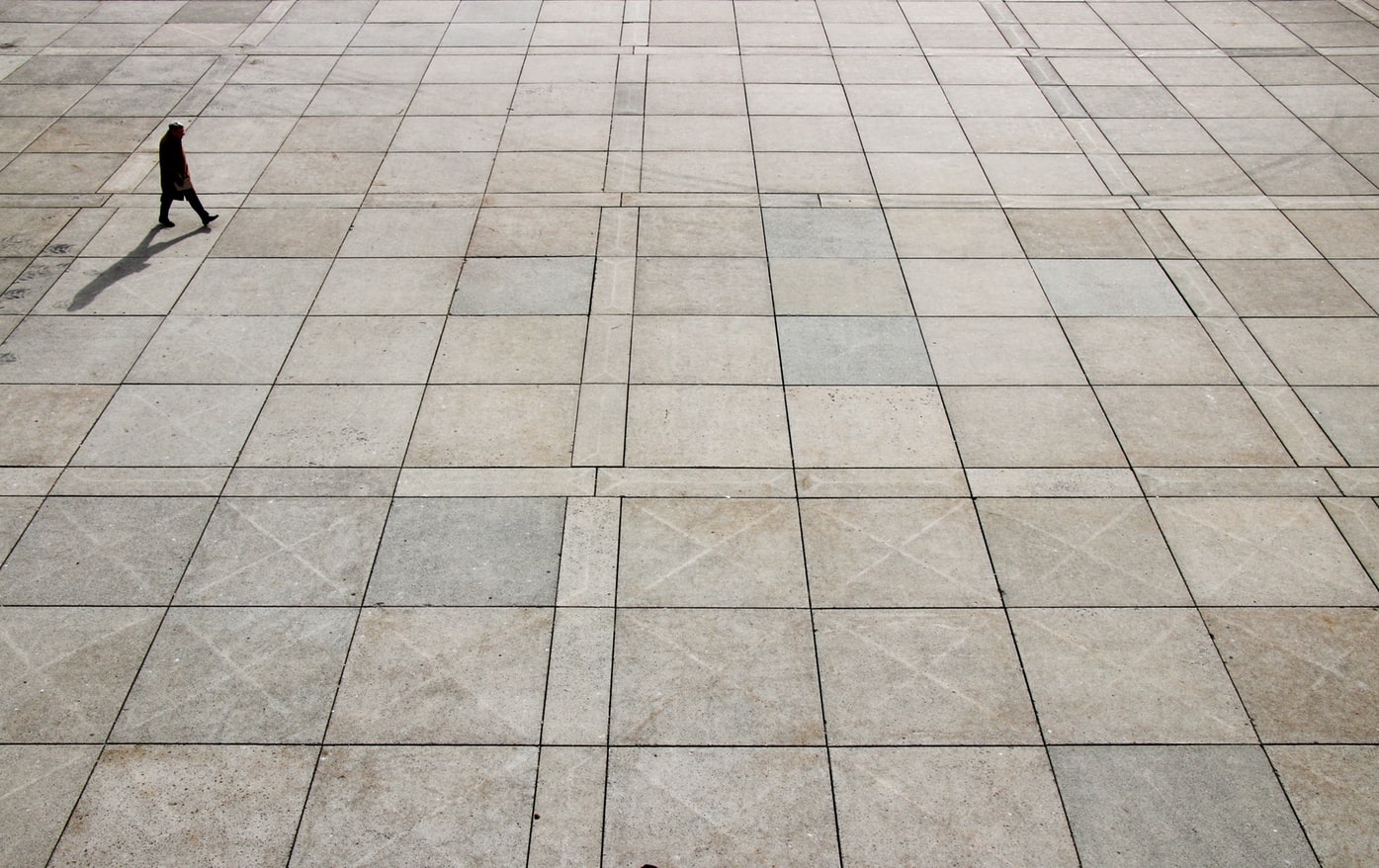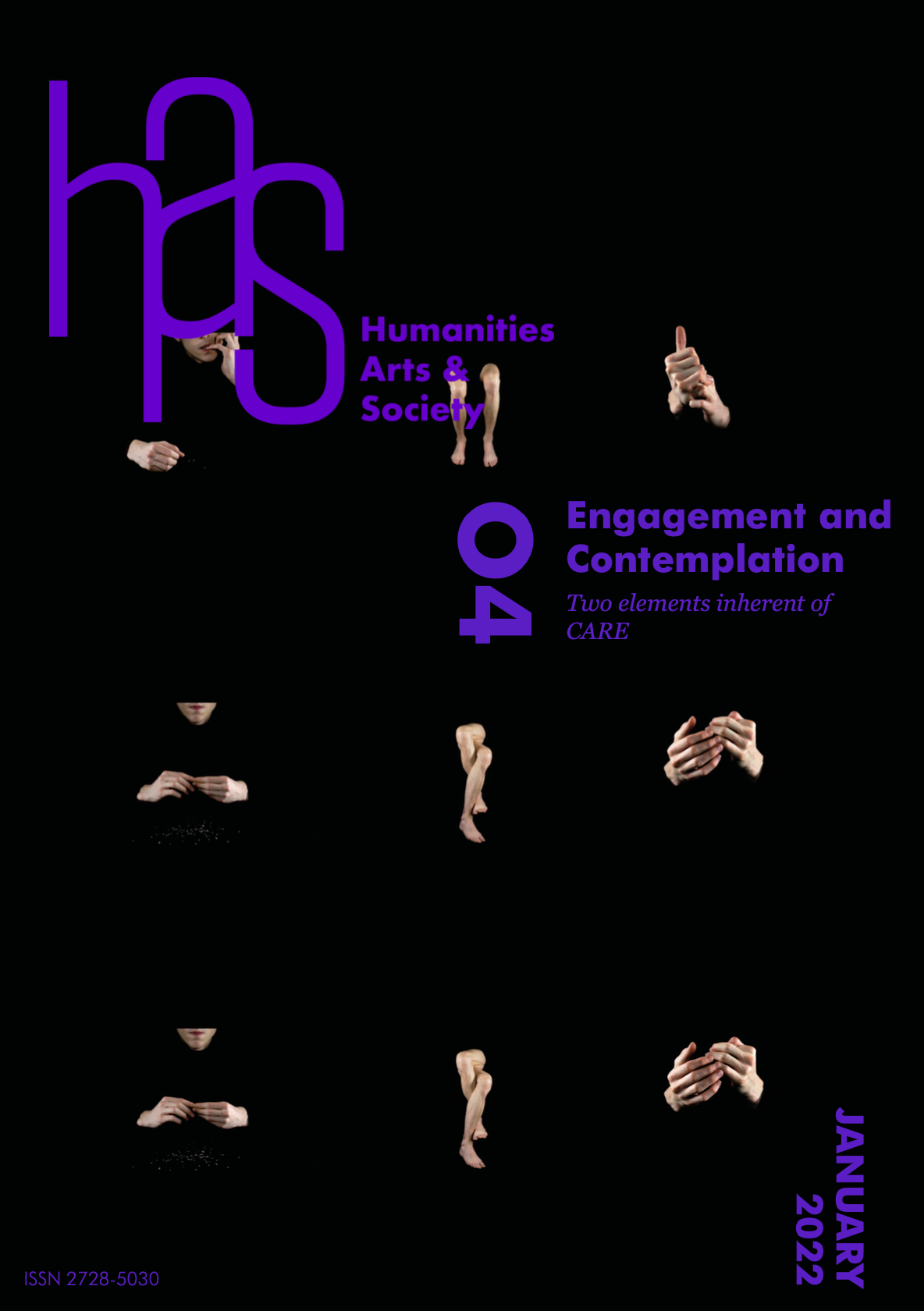The goal of HAS Magazine is to discuss pressing topics through the analysis of a wide range of themes in the humanities, the social sciences, and the arts. Conceived as a magazine for the broadest possible range of readers, HAS offers a space for staging the most creative, enlightening, imaginative, and socially relevant interactions of the humanities and the arts.
Our aim is not simply to report on existing ideas or to reproduce art that examines issues of importance, but to contribute to the achieving of actual progress in cultural exchange and multi-disciplinary collaboration. Information, education, creativity, communication, and thought provocation will be merged, in order to provide a platform for positive change in society—local and worldwide—with the help of the humanities and the arts. We connect curious readers with enthusiastic writers and practitioners willing to work to improve upon current global challenges, through demonstrations of how the humanities and the arts can have an impact on society.
HAS Magazine is an initiative of the Humanities, Arts and Society project with UNESCO-MOST, the International Council for Philosophy and Human Sciences, Mémoire de l’Avenir and Global Chinese Arts & Culture Society.
We welcome contributions from scholars, researchers, critics, artists, and any interested parties who find the above aims important and would like to be part of the project. HAS Magazine is not an academic journal and texts should be written in a language accessible to a broad, non-expert audience. HAS is not a commercial venture and is available online for free in English, French and Chinese in order to reach the broadest possible audience. Due to the non-profit nature of the publication, contributions are on a voluntary basis.
The published contributions include essays, reviews, critiques, interviews, artistic projects, video and photo reportages, and news. The editorial committee is constituted by members of UNESCO-MOST, the International Council for Philosophy and Human Sciences and Mémoire de l’Avenir.
Politically biased or discriminatory content will not be accepted. Promotional or commercial content should be avoided.
The theme of the fifth issue is Spaces & Places. We aim to investigate this topic from a multi- and cross-disciplinary perspective—including but not limited to philosophy, history, anthropology, archaeology, literature, sociology, economics, political science, and post-humanities scholarship.

More information about the theme
Humans live in places, the positions from which they perceive space as a series of landscapes. While space/time is the context that encompasses life and all of its possibilities and constraints, the perception of space is continuously constructed, and deconstructed, through geopolitical, social, and economic—in a word, cultural—drivers. Notions of nature, ecology, resources, and well-being are fundamental dimensions of such a process.
While continuous, isomorphic space is perceived from without as a series of often-conflicting, occasionally disconnected, and fundamentally diverse landscapes, places are experienced from within, as a rather more sophisticated, multi-sensorial mechanism of apprehension that renders places closely related to basic human performances—eating, dwelling, making, talking. Places, once looked at through the prism of social relations between landscapes (i.e., perceived spaces or territories) are the cultural keys to deciphering meaning through viewpoints that allow for collective cultural convergence.
Whereas a place often denotes a specific location, when investigating place, we must widen our view from location to territory, as a network of the various scales by which we define space and place at once. Ultimately, a place is the ground for shaping cultures and mindsets through collective agency and tasks, while a landscape is an understanding of space rooted in those cultures. This is why different people may “see” different landscapes in the same space/territory, but all those belonging to a place have a convergent understanding of it, even if with a degree of diversity. This is also why, once a place is perceived differently from its dwellers, the perceiver no longer sees the place, but a landscape.
A “place,” in other words, is a cultural locus—socially constructed, operating through interactions between people, institutionalized use, political and economic decisions, language, and representation, all embedded within a convergent (mythical) understanding of the past. An individual’s identity is characterized by his or her social systems—gender, age, family background—but, beyond those, by wider cultural traditions which are consolidated and renewed through ritual performances. These different identifications enable the person to be identified socially and to construct what is known as his or her social or collective place and space. They also allow for establishing a sense of community, beyond the divides driven by social, economic, or other contextual constraints.
Each individual belongs simultaneously to different groups, and to a set of references constituted by groups, but at the same time this diversity converges into layers of identity which tend, in time, to encompass a larger or lesser ethnic diversity—i.e., being closer or more distant from a notion of Humanity. Religion, science, tradition, and other forms of knowledge play an important role in creating limits and designing personal spaces, as well as social practices and moral positions.
No society has been built by being closed in—every culture has been influenced by exchanges with other cultures, producing elastic social, commercial, social, and linguistic, spaces and places. Thanks to expanding forms of expression, the confronting of audiences beyond social, cultural, or habitual limits, the exchange of ideas has become possible across specific spaces and places, as well as beyond one’s familiarity or comfort.
Places have a major role in reminding us of our past. They act as connections with special times or occasions in our lives. This encompasses at once the physical and mental space of each of us, within social, economic, and political spaces and places. These spaces may stay tendentially ethnocentric, or increase their scope by embracing wider landscapes and moving beyond self-centred memories into globally-shared, human, history. Spaces and places are a way to define culture(s), as they shape those cultures through tangible and intellectual experiences.
Is space “real” or is it “ideal”? What is the relationship between space and the mind? Focusing on the symbolic structures of spaces and places, trying to comprehend beliefs, myths, and religions, multiple, and often quite contradictory meanings can co-exist in one place, within one space, at the same time.
Our multimedia networks are virtual spaces. Due to on-line global networking, one must consider these places and spaces as both private and global. Space and place are also virtual, economic, and geo-political entities that today require global reflections on sustainable development goals, looking to protect the lives and the rights of present and future.
GENERAL REQUIREMENTS
Contributors may submit texts in English or French. The language should be accessible to a broad audience and non-experts of the subject.
Contributions can be up to 3000 words in length and include 3-8 images minimum 300 dpi (jpeg)
Contributions can also be presented in video (MP4) or audio formats (MP3).
Citations and references should use the Chicago-style.
Please provide social media contacts if applicable.
Submissions accompanied by a short biography (100 words) and abstract
(100 words), should be sent to magazine@humanitiesartsandsociety.org
For questions and more information: contact@humanitiesartsandsociety.org
The deadline for submissions is March 18, 2022 at midnight, Central European Time.
Humanities, Arts and Society Magazine
